- Potentially Treatable Condition
- Nervous System
- Parkinson's Disease
- HOME
- ABOUT
- RESEARCH
- INSIGHTS & HAPPENINGS
- JOIN US
- CONTACT US
-

Parkinson’s disease: Parkinson’s disease is a brain disorder that affects an individual’s motor system.

Parkinson’s disease (PD) is the second most common neurodegenerative disorder, after Alzheimer’s disease. It is a progressive disorder caused by the death of nerve cells in the brain, leading to damage in the central nervous system over time.
The four main symptoms of Parkinson’s disease:
Parkinson’s disease is caused by the gradual loss of cells in the substantia nigra of the brain, which is responsible for producing dopamine, a chemical messenger that coordinates activity between different regions of the brain.
The insufficient levels of dopamine in the striatum leads to the nerve cells in this region firing uncontrollably, making it difficult for the individual to control their movements.
As the disease progresses, other areas of the brain and nervous system also degenerate, resulting in more severe movement disorders.
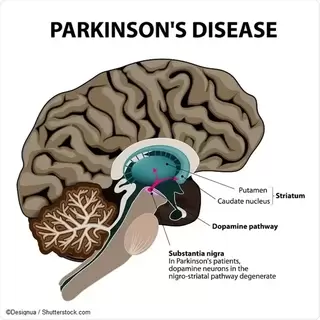
MSCs have clinical applications for treating avascular necrosis of the hip. Avascular necrosis of the hip is a pathological condition caused by a disruption in blood supply to the femoral head. MSCs can be used to supplement the core decompression procedure, which is designed to relieve intraosseous pressure while also promoting new bone formation and angiogenesis. Some early studies using whole bone marrow transplantation have found a link between the number of osteoprogenitor cells and the outcome.
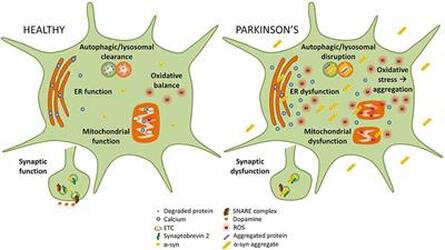
1. Non-oral therapies:
2.Medication:
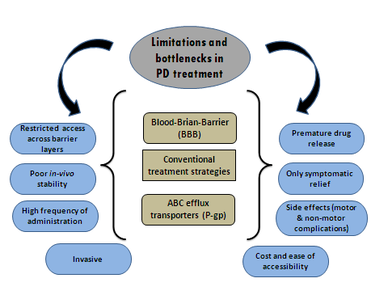
CelltiX is a type of extracellular vesicle from Umbilical Cord-Derived Mesenchymal Stem Cells (MSCs) manufactured in a cGMP-compliant facility.
It is a novel form of a major paracrine factor released by MSCs into a culture medium, which plays an important role in a wide range of biological processes.
CelltiMax is a product derived from human umbilical cord-derived Mesenchymal Stem Cells (MSCs). The cells are cultured, then administered to the patient via intramuscular or intravenous injection. They have the ability to differentiate into specialized cells with specific functions for various parts of the body, and can reduce inflammation, repair, renew, regenerate, and replace damaged cells.
Definition
Stem cells are unspecialized cells of the human body.
Extracellular vesicles, which is the medical term for tiny bubbles that are released from stem cells.
Function
Unique, can become any type of cell, and they act as both building blocks and repair mechanisms in your body.
Carry genetic information and proteins to cells throughout your body, and they create paths for communication between cells.
Origins
Donor stem cells are placed in your body and are guided into becoming specific cells in the body to replace and repair diseased cells.
Exosomes are extracted from donated human mesenchymal stem cells (MSCs) and sterilized.
Growth Factors
Less amount of growth factors compared to exosomes.
Exosomes contain nearly three times the amount of growth factors. More growth factors mean a better ability to restore and revitalize target cells
Administration
Improve bodies’ natural healing abilities
High stabililty
Modulate the immune system
Low toxicity and immunogenicity
Locate and reduce areas of inflammation
High penetration
Replace damaged and diseased cells
Enhanced delivery efficiency
Stem cell research mainly aims to replace the destroyed brain cells in individuals with Parkinson’s disease with healthy, undifferentiated stem cells.
The stem cells then differentiate into brain cells and aid in regulating dopamine levels thus, this can relieve many symptoms of Parkinson’s disease.
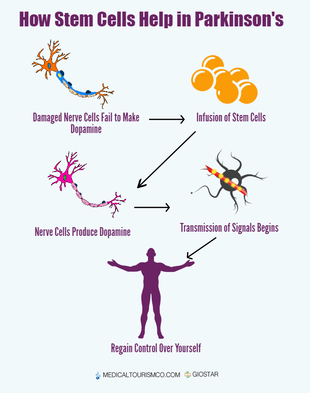
Exosome research on the other hand, mainly focuses on reducing intracellular α-syn levels.
Alternatively, levels of α-syn proteins are reduced through fusion with lysosomes for degradation or encompassed into autophagosomes and then degraded via the traditional autophagic pathway following fusion with lysosomes to produce the autophagolysosome. In addition, amphisomes can also be degraded by the lysosome.
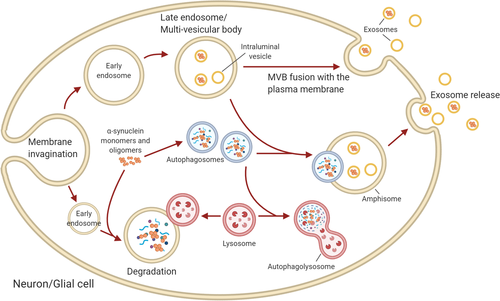
If you feel we might be able to offer meaningful improvement to both your condition and your quality of life, then please reach out to schedule a free consultation with one of our in-house clinical experts. We offer consultations in both Malay and English.





Review your medical history & recent evaluations
Explore what your treatment package might look like
Answer any questions you have about us
Answer any questions you have about the therapies
Discuss practical next steps,
if you feel we can effectively treat you
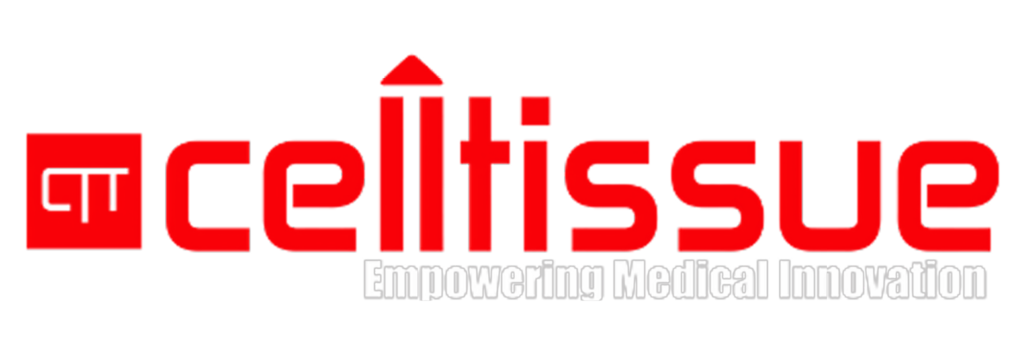
Founded in 2010, Cell Tissue Group is a pioneering Malaysian medical technology company and a spin-off from the National University of Malaysia (UKM). As Malaysia’s first Tissue Engineering firm, Cell Tissue Group operates within a certified GMP Lab, ensuring the highest standards of medical research and product development, particularly in Tissue Engineering and Regenerative Medicine.


Founded in 2010, Cell Tissue Group is a pioneering Malaysian medical technology company and a spin-off from the National University of Malaysia (UKM). As Malaysia’s first Tissue Engineering firm, Cell Tissue Group operates within a certified cGMP laboratory, ensuring the highest standards of medical research and product development, particularly in Tissue Engineering and Regenerative Medicine.
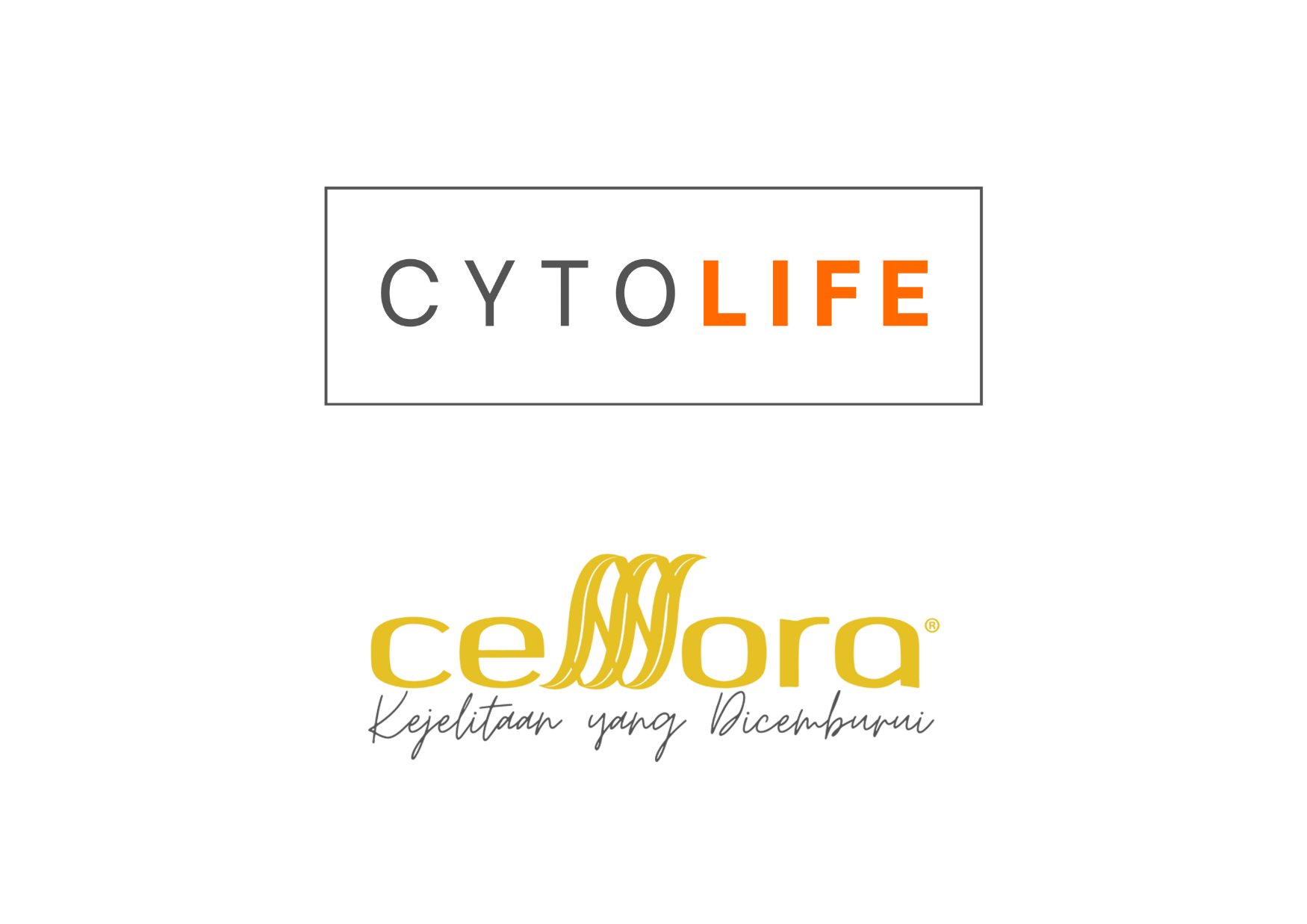

Proudly powered by CTG © 2010-2025 Cell Tissue Group, a Universiti Kebangsaan Malaysia Spin-Off Company. – All Rights Reserved.